

Every country in the world experiences water quality issues, developed or developing. The rise in industrial activity only leads to rapidly increasing waste and poor wastewater management resulting in water pollution.
With this problem, most companies aim to reduce their residue for more sustainable industries, and so most will require filtration projects that can help reduce pollution. As a result, producers need to produce large-scale filters.
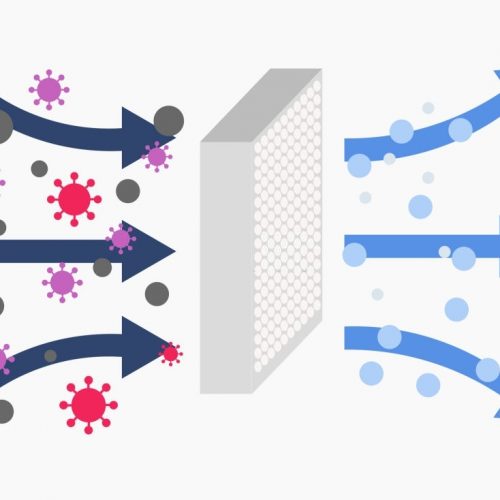
Graphene has the quality of not letting liquids and other matter pass through. This became an inspiration for scientists to work on a membrane that can act as a filter. Like ordinary filters, the graphene filter aims to let the water pass while discarding or leaving other materials behind.
According to Sarah Haigh from the University of Manchester, poking pores through graphene can make a selective filter. However, scientists will need several layers of the material to filter water.
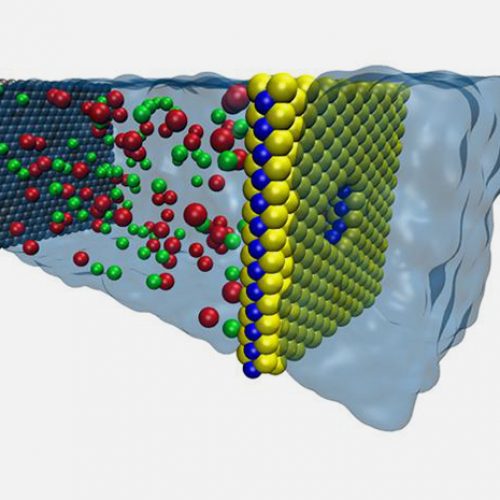
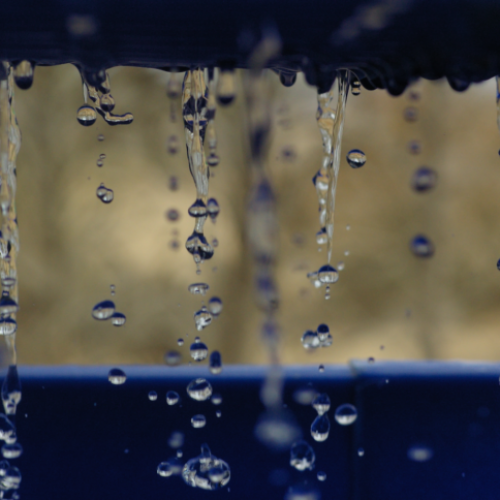
Moreover, in California, Baoxia Mi, an assistant professor, introduces research in progress regarding the matter. Baoxia states that a graphene membrane filter development is already in progress. She believes that this filter can sanitise water from multiple pollutants, including bacteria and viruses, harmful chemicals, and oil.
Mi introduced that adding oxygen to the graphene membrane creates graphene oxide, resulting in the creation of holes in the structure, allowing water to pass through. However, it is also noted that this can make the material dissolve. With her research, multiple innovations have emerged, paving the way for various ideas to filter water through graphene.
Many countries on the planet encounter water quality issues, regardless of the level of development. This primarily occurs due to poor wastewater treatment, contamination and rises in the level of untreated landfill.
With this issue, most organisations expect to decrease their buildup and believe that filtration projects can help reduce contamination as an alternative, and graphene may assist with this issue.
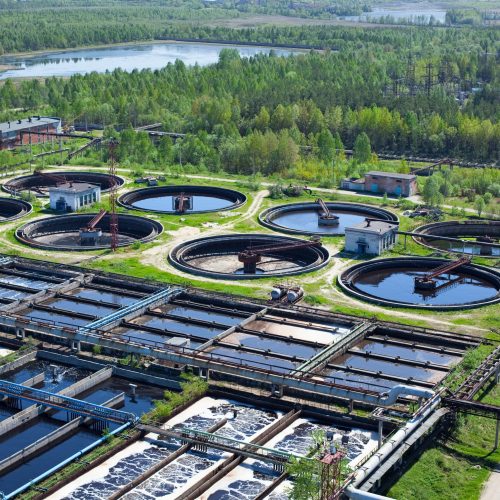
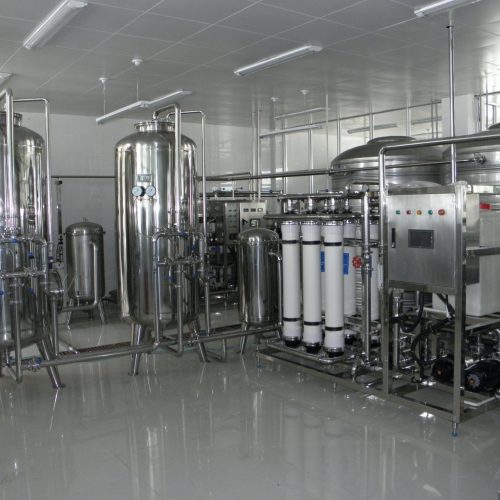
Graphene has the ability of not allowing fluids and other matter to pass through. This has inspired researchers to deal with a film that can work as a channel. Like common channels, the graphene channel intends to allow the water to pass through while disposing of or abandoning other materials.
As per Sarah Haigh from the University of Manchester, jabbing pores through graphene can make a particular channel. However, researchers will require a few layers of the material to channel water.
Additionally in California, associate professor, Baoxia Mi noted that graphene film channel advancement is now in progress. She accepts that this channel can disinfect water from different materials better, including microbes and infections, nasty chemicals, and oil. This research acknowledged that adding oxygen with the graphene layer makes graphene oxide, which creates many holes to allow water to pass through. .
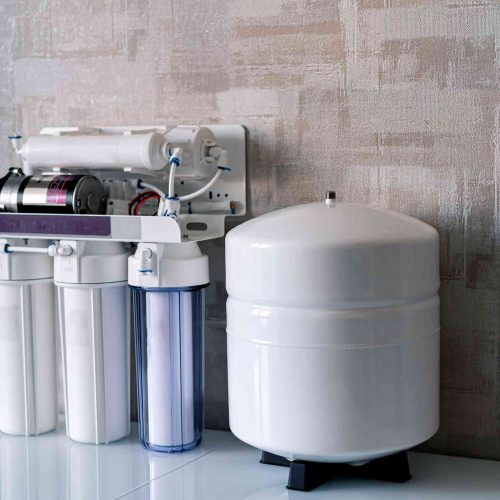
Fill the form below: